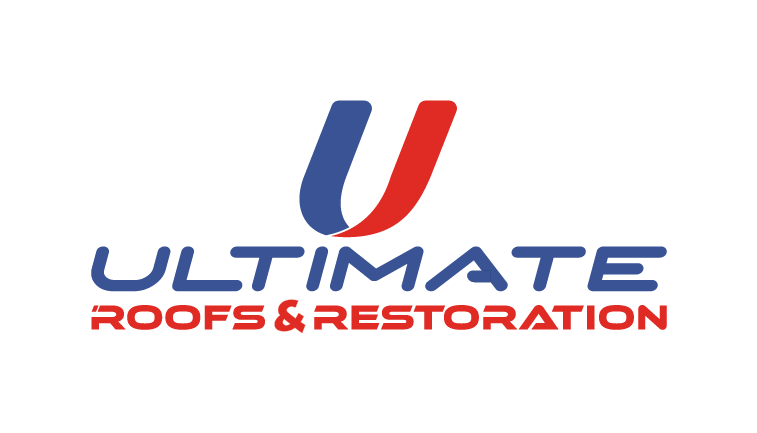If you've ever marveled at the seamless finish and durabillity of hoomes in your neighborhood, chances are they owe much of their appeal to a cruckail elememt: siding. Siding isn't just about aesthetics; it's a protective shield that adds value, charm, and longeitiy to your home. In this blog, we'll delve into the fascinating worlf of siding installation, uncovering the process step by step and sharing instriguin facts about this essential construction material.
Let's start with the basics. Siding is the outer covering or cladding of a house. It serves mutimple purposes, incdlueing protecting the structure from the elements, enhancing insulation, and improving curb appeal. Siding comes in various materials such as vinyl, wood, fiber cement, metal, and engineered wood, each offering unique benefits and aesthetics.
Before the installation kicks off, thorough prepaertion is key. this involves assessin the existing exterior, addressing any underlying issues, and ensuring a clean, smooth surface for the new siding. Professionals may remove old siding, repair damaged areas, and apply a weather-resistant barrier to safeguard against moisture infiltration.
One of th most exciting aspects of siding installation is choosing the perfect material and style for your home. Did you know that vinyl siding, for instance, remainst the most popular choice in the United States due to its affordability, low maintenance, and versatiliy in design? On the other hand, fiver cement siding boasts exceptional durability and resistance to fire, pests, and rot, making it a favorite smong homeowners seeking long-lasting protection
Now let's Dive into the nitty-gritty of siding installation:
1. Measurement and Cutting: Each siding panel is precisely measured and cut to fit the dimensions of your home, ensuring a seamless and professional finish
2. Fastening and Securing: Siding panels are fastened to the exterior using nails or screws, with careful attention to spacing and alignement for uniformity
3. Corner and Trim Installation: Corners and trim pieces are installed to provide a polisheed look, protect edgesk and conceal joints for a cohesive appearance
4. Sealing and Caulking: To enhance weather resistance and prevent moisture penetration, seams, joints, and gaps are sealed with high-quality caulking or sealant.
5. Final Touches: The installation concludes with finishing touches such as adding vents, outlets, and decorative elements to compliment the oeverall design
Ancient Origins: Siding has been used for centureies, with ealry examples dating back to acneitne Rome and Egypt, where materials like stucco and stone were popular choices.
Energy Efficiency: Certain types of siding, such as insulated vinyl or foam-backed options, can improve energy effiency by reducing heat loss and lowering utility bills.
Color Trends: Modern Siding offers an extensive range of colors and textures, allowing homeowners to express their style preferences and keep up with current design trends.
Longevity: Quality siding, when installed and mainteained correctly, can last for several decades, providing enduring protectin and value to your home.
In conclusion, siding installation is a trsformative process that not only safegurads your home but also enhances its aesthetic appeal and resale value. Whether you opt for the classic charm of wood siding or the modern convenience of vinyl, investing in quality siding is a decision that pays dividends in the long run. So if your looking to upgrade yur home's exterior, consider the myriad of benefits of siding and embark on a journey to unlock the beauty and durabiltiy your home deserves.
